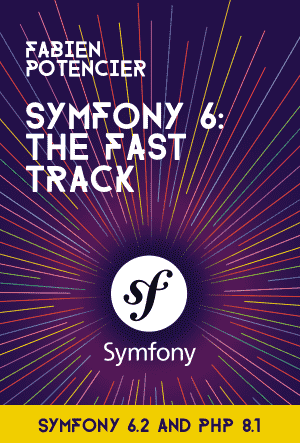Warning: You are browsing the documentation for Symfony 4.x, which is no longer maintained.
Read the Symfony 7.3 docs (the current stable version).
Where to start if you are new to Symfony?
If you prefer traditional learning, start by reading all the articles in the Getting Started section on this page. They'll teach you the basics you need to start working on Symfony projects. Then, read the other articles when you need to use those features.
If you prefer learning from a teacher, watch the free video course on Symfony from SymfonyCasts. After that, review the Getting Started articles to make your foundation stronger, and check out more articles when you need them.
If you prefer learning by doing, start with the Symfony Demo application. Install it, play around with it, and don't worry about breaking things. The source code has lots of links to documentation. Later, go back to the Getting Started articles to reinforce the basics, and explore more articles as needed.
If you prefer learning from books, read the official Symfony book for a quick overview of building a real application from scratch. After that, read the Getting Started articles to improve your skills and explore the other articles as needed.
Getting Started
Architecture
The Basics
Advanced Topics
Front-end
Utilities
Production
Get trained with official courses from the creator of the Symfony framework:
Certify your skills to become a Symfony expert and boost your career:
Learn Symfony, PHP and JavaScript with these video tutorials:

The official Symfony book that gives you a quick overview of the process of building a real application, from Symfony installation to production deployment.
Contributing to Symfony
Contribute ideas and bug fixes to the one of the most important Open Source projects. Both experts and newcomers are welcome.
Contribute Code Contribute DocsSymfony Best Practices
These practices are optional but show how to develop web applications as envisioned by the original Symfony creators.
Create Your Own Framework
Learn how to build a custom framework using Symfony packages. Ideal to dive deep into Symfony internals.
Reference Documents
Reference documents, including all Symfony configuration options.
Symfony Packages
Stand-alone libraries that you can use in any PHP project.
Symfony Bundles
Third-party packages that add features to your applications.